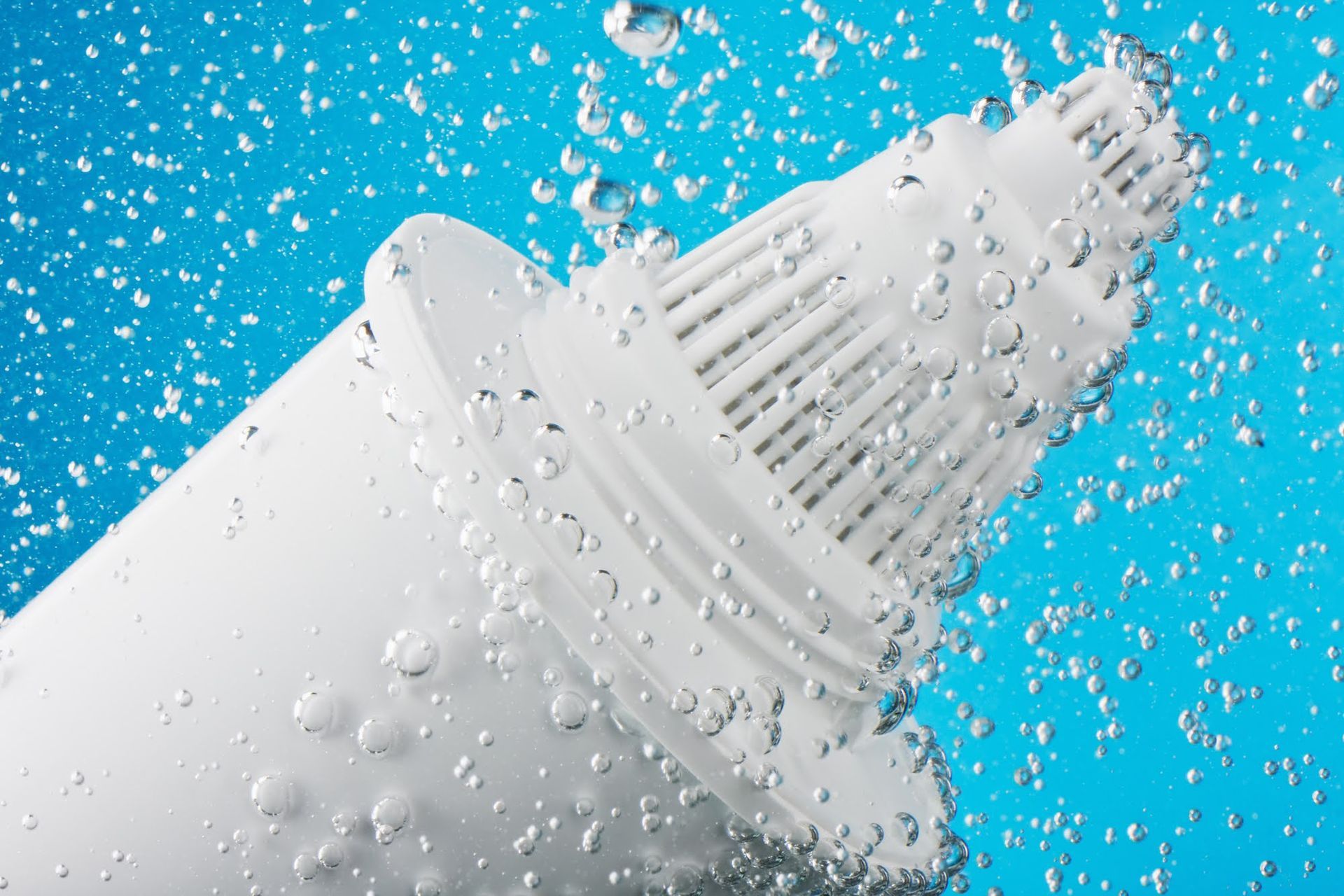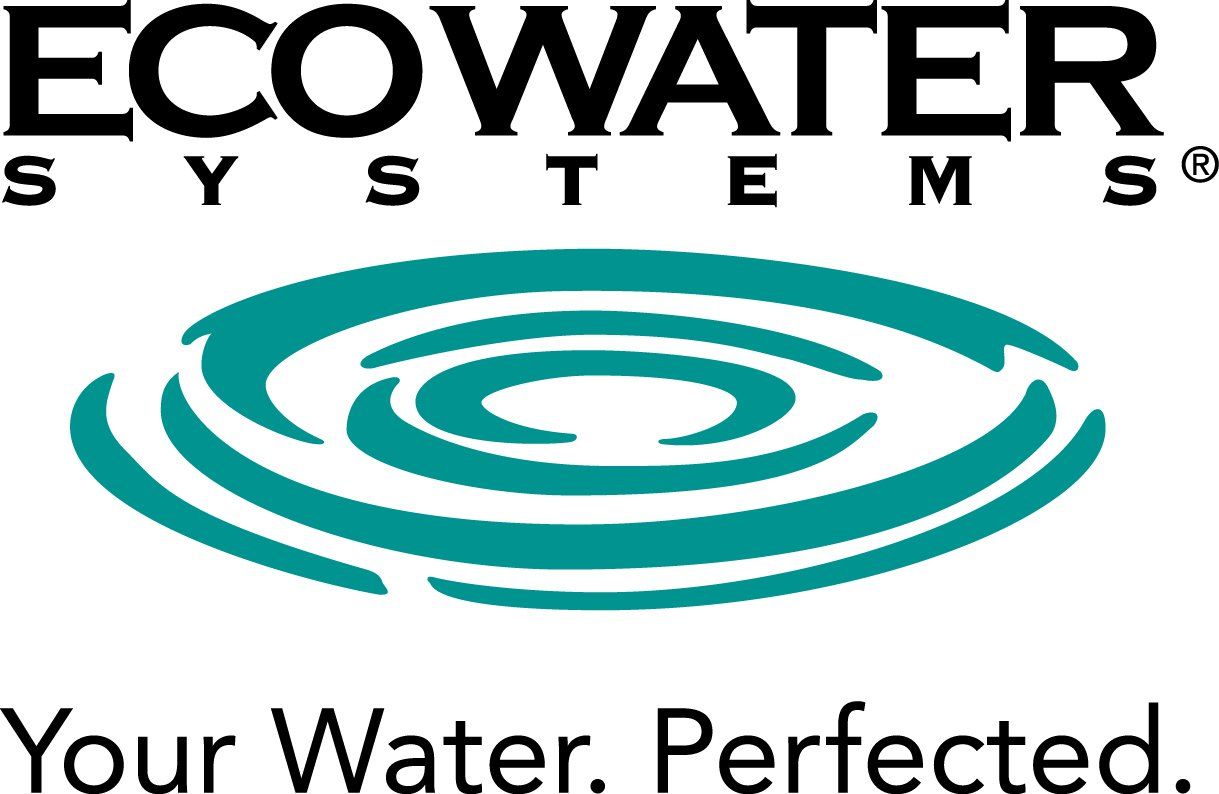Understanding Home Water Filtration System Installation

Clean, safe water is a crucial element for any home, and a whole-house filtration system ensures every drop meets your family’s needs. Whether you’re concerned about contaminants or simply want to improve taste and smell, understanding the installation process can help you make informed decisions. Here’s a quick guide to getting a whole-house water filtration system installed in your home.
Assessing Your Water Quality
Before installing a filtration system, you need to assess your home's water quality. Start by conducting a water test to identify common issues like chlorine, lead, or sediment presence. Many local health departments provide affordable testing kits, or you can hire a professional service. Understanding these factors will help you choose the right filtration system.
Choosing the Right Filtration System
Once you have your water quality results, it’s time to choose a system. Whole-house water filtration systems come in various options, including activated carbon filters, reverse osmosis systems, and UV purifiers. Consider consulting with a water filtration expert to determine which system addresses your specific concerns. They can guide you on cost, maintenance, and efficiency.
Finding a Reliable Installer
Hiring a reliable installer is a crucial step in ensuring your system works effectively. Search for certified professionals with experience in water filtration installation. Look for reviews and ask for recommendations from friends or family who have had similar work done. A qualified installer will offer a warranty and after-service support, enhancing your peace of mind.
Preparing Your Home for Installation
After selecting an installer, prepare your home for the installation process. Ensure there’s enough space for the system, typically close to where the main water line enters your home. Check that the area is easily accessible for future maintenance. Discuss any potential disruptions with your installer to plan accordingly and minimize inconvenience.
Installation Day
On installation day, the technician will set up the system in the designated area, connecting it to your main water line. This process typically takes a few hours, during which your water supply may be temporarily interrupted. Be present to address any questions the technician might have and to gain a better understanding of your new system’s operation.
Post-installation Testing
Once the system is installed, conduct a post-installation water test to ensure its effectiveness. This step verifies that the system removes the previously identified contaminants. Some installers offer a complimentary test as part of their service.
Regular Maintenance
Like any home appliance, a whole-house filtration system requires regular maintenance. Depending on the type, this might include changing filters or cleaning components. Establish a maintenance schedule with your installer to prevent lapses that could compromise the water quality. Staying ahead of upkeep ensures your system operates at peak performance for years to come.
Understanding Costs and Savings
While the initial cost of installation may seem high, consider the long-term savings. Investing in a whole-house filtration system reduces the need for bottled water and decreases plumbing repairs caused by sediment buildup. Over time, these savings can offset installation costs, making it a smart financial decision.
Enhancing Home Value
Adding a whole-house filtration system can increase your home’s value. Prospective buyers often view it as a desirable feature, especially in areas with known water quality issues. By making your home a haven of clean water, you enhance its marketability, providing you with a return on investment should you decide to sell later.
Installing a whole-house filtration system is a significant investment in your family’s health and well-being. By understanding the process from water quality assessment to regular maintenance, you empower yourself to make informed decisions. Remember, a reliable installer and the right system will provide you with clean, safe water for years.
Contact our water filtration specialists at EcoWater Systems to learn more about getting a whole-house water filtration system installed in your home.






